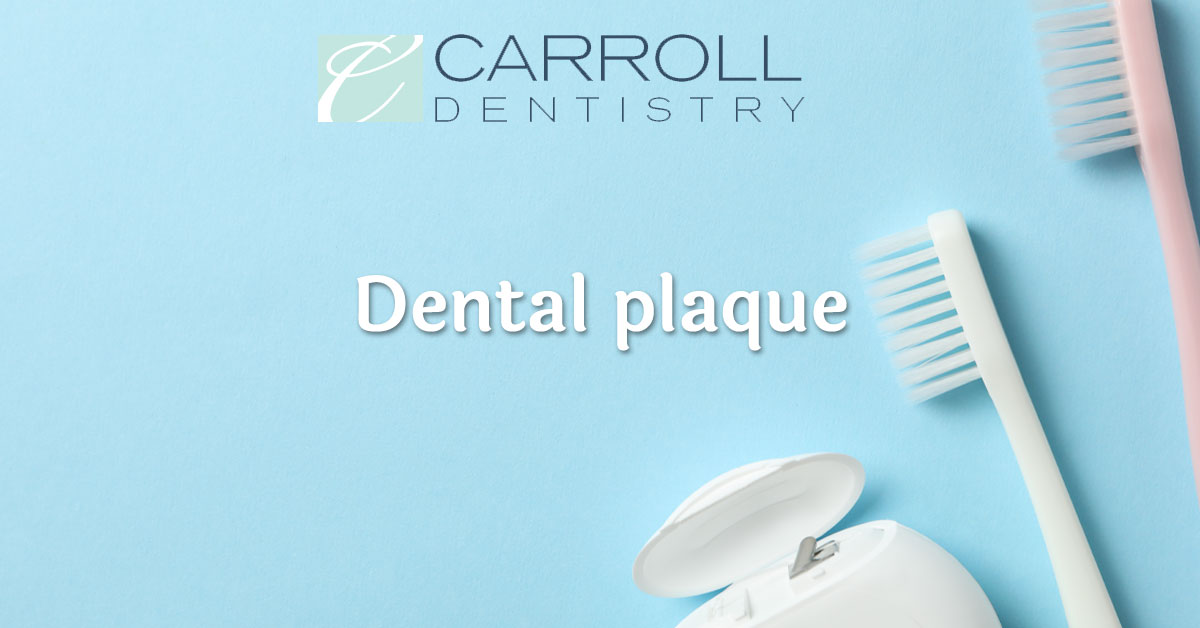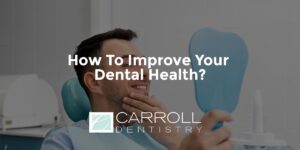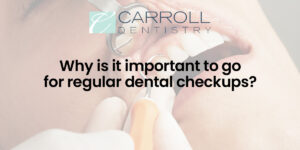This sticky coating occurs in everyone’s mouth, coming from the foods we eat. Plaque builds up over time and raises your risk of having tooth decay or other dental problems, so it’s important to learn more about it, including how to eliminate it. Keep the following information about dental plaque in mind for a future filled with healthy teeth and gums. Dental PLAQUE is a biofilm or coating that regularly covers your teeth.
This coating is made up of microbes that can grow and thrive if they’re not removed. Over time, plaque buildup on your teeth can turn into calculus (or tartar), which is much more difficult to remove. You’ll need to see a dentist to have tartar removed.
The accumulation of plaque and tartar can lead to a higher risk of developing tooth decay, gum inflammation, gingivitis, and other dental problems. Plaque, like many oral health concerns, begins as a silent menace. You may recognize this colorless, sticky film as the fuzzy coating you feel when you first wake up. For many people, a colorless film on the teeth may be the only sign. However, in some cases, more noticeable symptoms, such as receding gums or bad breath, occur.
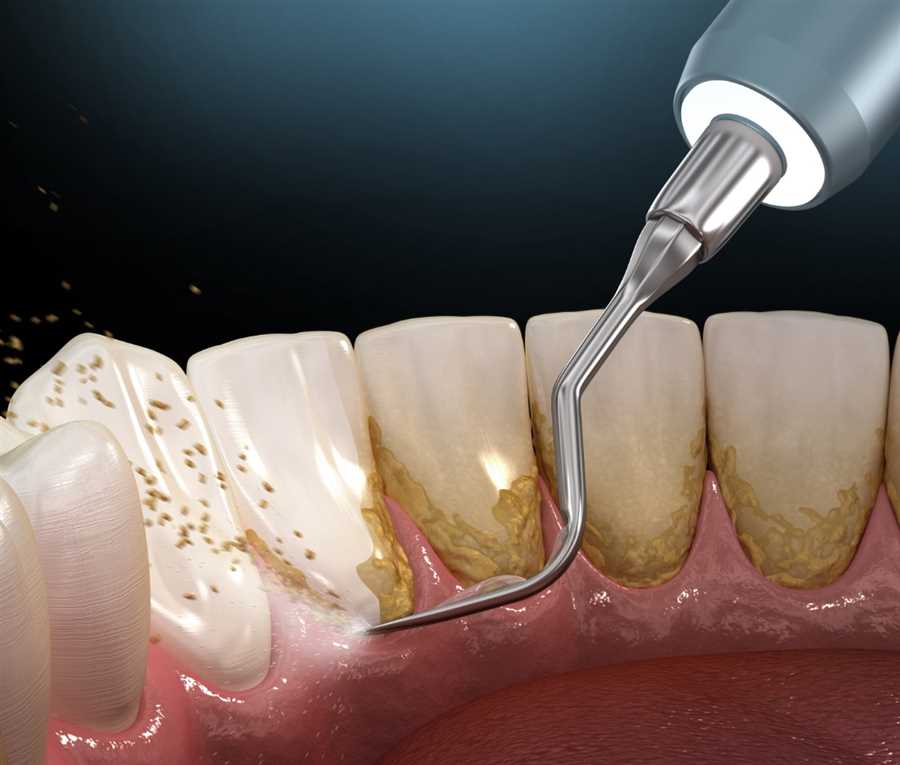
How you can get rid of dental plaque?
The best way to prevent a build up of plaque is to make sure that you stay well hydrated in the first place. Drinking plenty of water will help to produce saliva that flushes much of this away. Proactive dental care is the best way to manage plaque. This includes brushing and flossing your teeth regularly, limiting sugary foods and drinks, and seeing your dentist twice a year to have plaque thoroughly removed.
If brushing with a regular, soft-bristle brush isn’t enough, you may want to consider using an electric toothbrush and/or adding a toothpaste that contains baking soda. You can keep plaque to a minimum with good dental hygiene, but dental cleanings are still needed to eliminate plaque and tartar buildup. You should have professional dental cleanings done twice a year to help your teeth and gums stay healthy.
Watching what you eat can also help you avoid having plaque buildup on your teeth and gums. Limit or avoid foods containing starch or sugar, such as cookies and other baked goods, since these types of foods attract more bacteria. A larger number of bacteria on your teeth make it easy for plaque and tartar to build up, resulting in a higher risk of decay. If you do eat starchy or sugary foods, make sure you brush your teeth afterward.
This helps get rid of food particles that attract bacteria. Keep in mind that some beverages, such as soda, cover your teeth with sugars that bacteria will feed on. You should also avoid or limit these beverages and brush your teeth after drinking them. Removing plaque is as simple as consistently brushing your teeth twice a day and flossing regularly. Flossing is distinctly important because of the chance for tartar to build up as it sits in between your teeth. Plaque can harden anywhere between around 1 to 3 days. You must be thorough and as fast as possible to prevent a trip to the dentist.
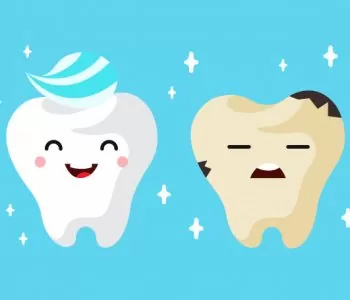
If you need more information about this topic or you want free counseling, visit our Carroll Dentistry or contact us via contact form.
If not properly removed, plaque and tartar can lead to several complications in your mouth, including:That’s why it’s important to see a dentist every six months for a routine cleaning. Your dentist will not only remove any accumulated buildup, but also examine your mouth to ensure your smile continues to be as healthy as it can be.
If you want a beautiful smile, check these tips HERE.

